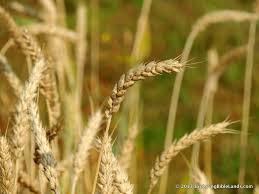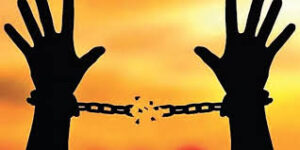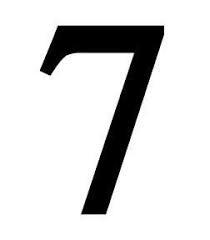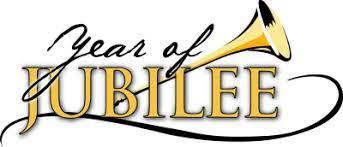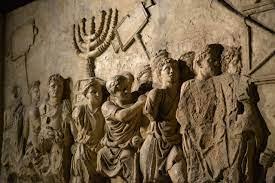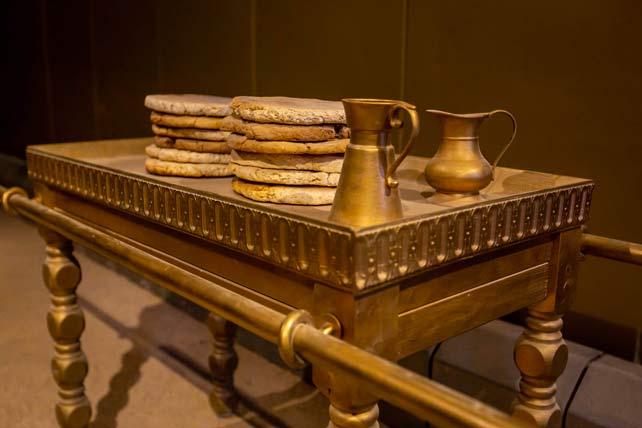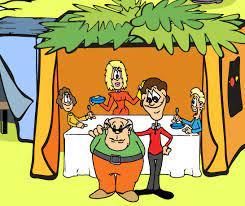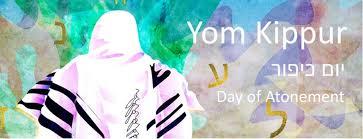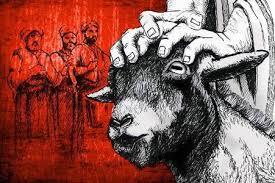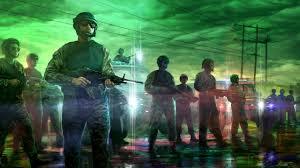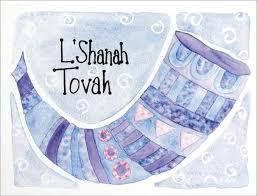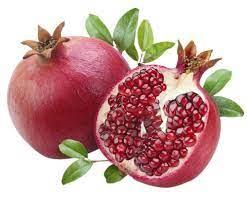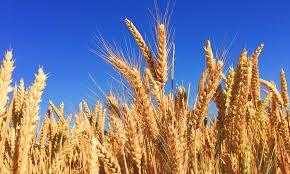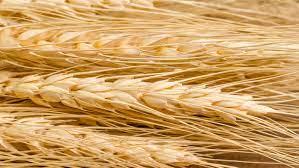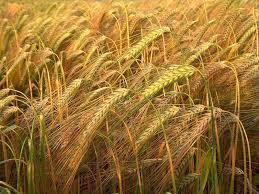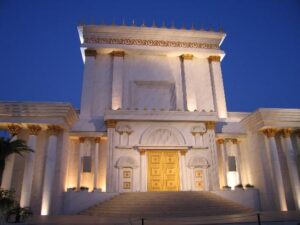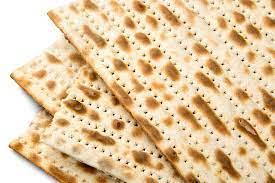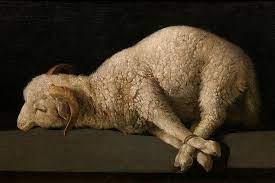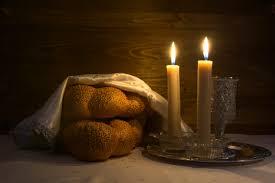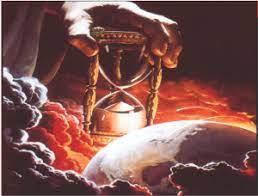Ep – Trusting God 25: 18-22
Trusting God
25: 18-22
Trusting God DIG: How could you summarize these verses? What was success in the Land based on? What would be the evidence of their trust? How does the Year of Jubilee compare to the Garden of Eden? Is the Sabbath Year still observed in Isra’el today?
REFLECT: In what ways do you trust God today? How have you learned to trust Him? Did you ever not trust Him and meet the hard consequences? Who can you help that doesn’t trust God? Are you living securely in God’s Garden, or are you stressed? How can you change that?
God promised to reward a heart of simple trust.
These verses interrupt the continuity of the mitzvot governing the Sabbath Year and the Year of Jubilee. This subject is resumed next (to see link click Eq – Immanuel’s Land) in Leviticus 25:23 where it takes up where it left off in 25:17. After explaining the mitzvot for the leasing of the land, 25:23 reemphasizes the point that because of the Year of Jubilee, the land was not actually “sold,” but leased for a certain amount of time depending on how much harvest it could produce. In other words, all “sales” were not final. Therefore, the verses seen here constitute an encouragement to obey God’s mitzvot, with the promise of security an abundance as a reward for such obedience.500

Success in the land of Isra’el was directly associated with the observance of Torah during the Dispensation of Torah (see the commentary on Exodus Da – The Dispensation of the Torah). When the Sabbath Year (see El – The Sabbath Year) and the Year of Jubilee (see En – The Freedom of the Year of Jubilee) were kept, then Isra’el would dwell securely on the land. The Hebrew word for “securely” is the word batach, a word that generally is translated as “trust.” We might understand Leviticus 25:18 to say: You are to keep my regulations and rulings and act accordingly. If you do, you will live securely (trustworthily) in the land. The land will yield its produce, you will eat until you have enough, and you will live there securely (25:19). It takes a trustful person to agree not to plant crops simply on the basis that YHVH said so. How much more trustful a person has to be to agree to refrain from planting crops for two years in a row during the Year of Jubilee. Inevitably, one would ask, “If we aren’t allowed to sow seed or harvest what our land produces, what are we going to eat in the seventh [or eighth] year (25:20)?
God promised to reward their trust. If those living in the Land would faithfully keep the command of the Sabbath Years, then ADONAI would respond with blessing: He said: Then I will order my blessing on you during the sixth year, so that the land brings forth enough produce for all three years. In the first year of the new seven-year cycle, you will sow new seed but eat the old, stored produce until the second year of the new seven-year cycle (see below); that is, until the produce comes in, you will eat the old, stored food (25:21-22).501
Today, we are to demonstrate our trust by obeying – whether it makes sense to us or not. Obedience to ADONAI’s commandments must take precedence over our pragmatism or human wisdom. If we obey Him only when it seems financially prudent to do so, we are not really obeying Him, are we? Furthermore, not obeying reveals our mistrust. If we honestly trust that He will take care of us, then we should not be afraid to do what He says.
Dear Great Savior, With You as our Father, we never need to be afraid! You are the absolute Best Father there ever could be. Focusing on You and Your Almighty character, power, strength and wisdom is so encouraging! It’s not good to look at the things of this world for they are getting darker and darker; but it is all in Your hand, in Your control. How amazing You are! You are absolutely loving (1 John 4:8) and Holy. Seraphim . . . called to another and said, “Holy, holy, holy is the Lord of hosts; the whole earth is full of his glory” (Isaiah 6:3)!
You not only control all that is happening now, the events of the future are in Your hand also. In Daniel 2 and 7 you brilliantly describe exactly what the future world kingdoms will be like. Nothing takes You by surprise. In Revelation 19 You describe the entire evil world preparing to battle against You; but You are victorious – without even a fight. The sword of Your mouth is all that is needed to strike them all dead. From His mouth comes a sharp sword – so that with it He may strike down the nations – and He shall rule them with an iron rod, and He treads the winepress of the furious wrath of Elohei-Tzva’ot. On His robe and on His thigh He has a name written, “King of kings, and Lord of lords” (Revelation 19:15-16).
I rejoice in keeping my eyes on You. How true is the saying Big problem, small god; and Big God, small problem. You keep in perfect peace one whose mind is stayed on You, because he trusts in You (Isaiah 26:3). Thank You for being such a wise, wonderful, and powerful Heavenly Father! In Yeshua’s Holy name and power of His resurrection. Amen
Another benefit is that the Sabbath Year affords the Israelites an opportunity to see how much God can increase our trust in Him. Some would no doubt ask, “But how would we eat?” The answer is “Fear not! Ha’Shem has this one covered! In Leviticus 25:21 He tells us: I will order my blessing on you during the sixth year, so that the Land brings forth enough produce for all three years. The Word of God was that He would abundantly bless them in the sixth year so that the Land would produce enough for the three years to follow: the sixth, seventh, and the first year of the next seven-year cycle, when they began to plant again.502 Until the produce of year two came in, they would eat the old, stored food (25:21-22). Just as the weekly Sabbath rest is an act of trust in ADONAI, so too the Sabbath Year is an act of trust. However, the fruit and grain which grew by itself without plowing or sowing (which is common in Isra’el) in the Sabbath Year could be picked and eaten, but not stored.
Spring Fall
Year six: God’s blessing: reap the barley. Year six: God’s blessing: reap the wheat
Year seven: Shabbat rest for the Land Year seven: Shabbat rest for the Land
Yovel Year: Shabbat rest for the Land Yovel Year: Shabbat rest for the Land
Year one: God’s blessing: sow the barley Year one: God’s blessing: sow the wheat
Year two: Eat the newly harvested crops Year two: Eat the newly harvested crops
The picture that emerges in these verses takes us back to Eden; God’s people living securely in God’s Garden, having all their needs met, and walking in obedient fellowship with ADONAI. This has always been the LORD’s intent for humanity, and now Isra’el is privileged with showing the Gentile nations this vision of Eden and inviting them to experience it (Exodus 19:4-6; Deut 4:6-8; Psalm 67).503 Modern Jews in Isra’el still observe the Sabbath Year, which they call the shemitah (see El – The Sabbath Year). However, the Year of Jubilee has not been observed since the years of Jewish captivity in Babylon, which occurred around 600 BC.



